Properly controlling humidity levels is crucial for creating an optimal growing environment for your plants. Grow rooms often require dedicated dehumidification to prevent issues like mold, fungi, bacteria, and stunted plant growth that can occur from excess moisture. Choosing the right dehumidifier for your grow room is important not only for protecting your plants, but […]
Hydroponics indoor growing using Grow Tent

Best Dehumidifier for Grow Rooms of 2024
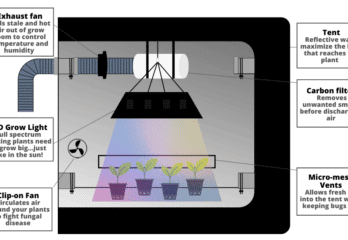
How to Setup a Grow Tent?
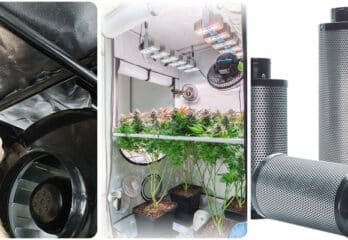
Grow Tent Ventilation System

How to Build a DIY Stealth Grow Box?
![Best Grow Tent Kits of [date template="Y"]](https://hydrogardengeek.com/wp-content/uploads/2021/01/p51-VIVOSUN-2-in-1-Grow-Tent-Best-for-Growing-Two-Different-Plant-Types-348x240.jpg)
Best Grow Tent Kits of 2024
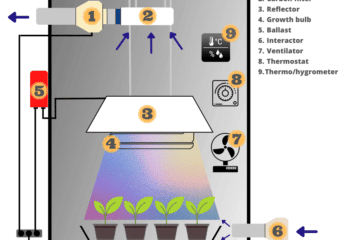
Grow Tent Buying Guide

How to Control Humidity in a Grow Tent?
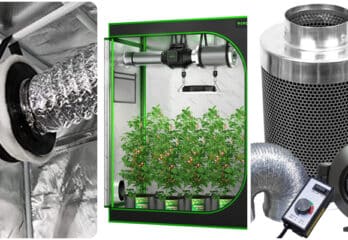
Indoor Grow Room: How to Build and Setup – Complete Tutorial
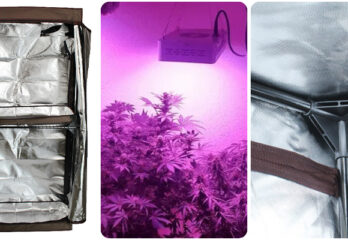
Growing Plants in a Closet: Complete Guide & Tips
How to Setup a Grow Tent?
Indoor gardening is becoming increasingly popular, allowing anyone to grow plants, herbs, and vegetables year-round. A grow tent provides an enclosed, controlled environment ideal for growing a wide variety of plants. From tomatoes and peppers to leafy greens and herbs, a grow tent makes it easy to cultivate an indoor edible garden. Grow tents are […]
Grow Tent Ventilation System
Proper ventilation and air circulation is a critical, often overlooked necessity for thriving indoor gardens. Stale, humid air breeds disease, encourages pests, and reduces yields. Without ventilation, plants don’t receive the gas exchange needed for photosynthetic processes and overheat from intense grow lights. Yet, ventilating enclosed grow tent environments poses unique challenges for getting fresh […]
How to Build a DIY Stealth Grow Box?
Indoor hydroponic gardening is becoming increasingly popular for growing herbs, vegetables, and other plants in limited spaces. For those looking to set up a discreet hydroponics system at home, a DIY stealth grow box allows you to grow plants efficiently while keeping your setup low profile. In this comprehensive guide, we will walk through how […]
Best Grow Tent Kits of 2024
Indoor gardening with grow tents allows plant enthusiasts ultimate control over growing conditions while protecting crops in a discreet, dedicated space. Complete grow tent kits provide an all-in-one setup with lighting, ventilation, and other essential components tailored to the tent size. Preconfigured kits optimize yield for the given footprint without guesswork. They take the complexity […]